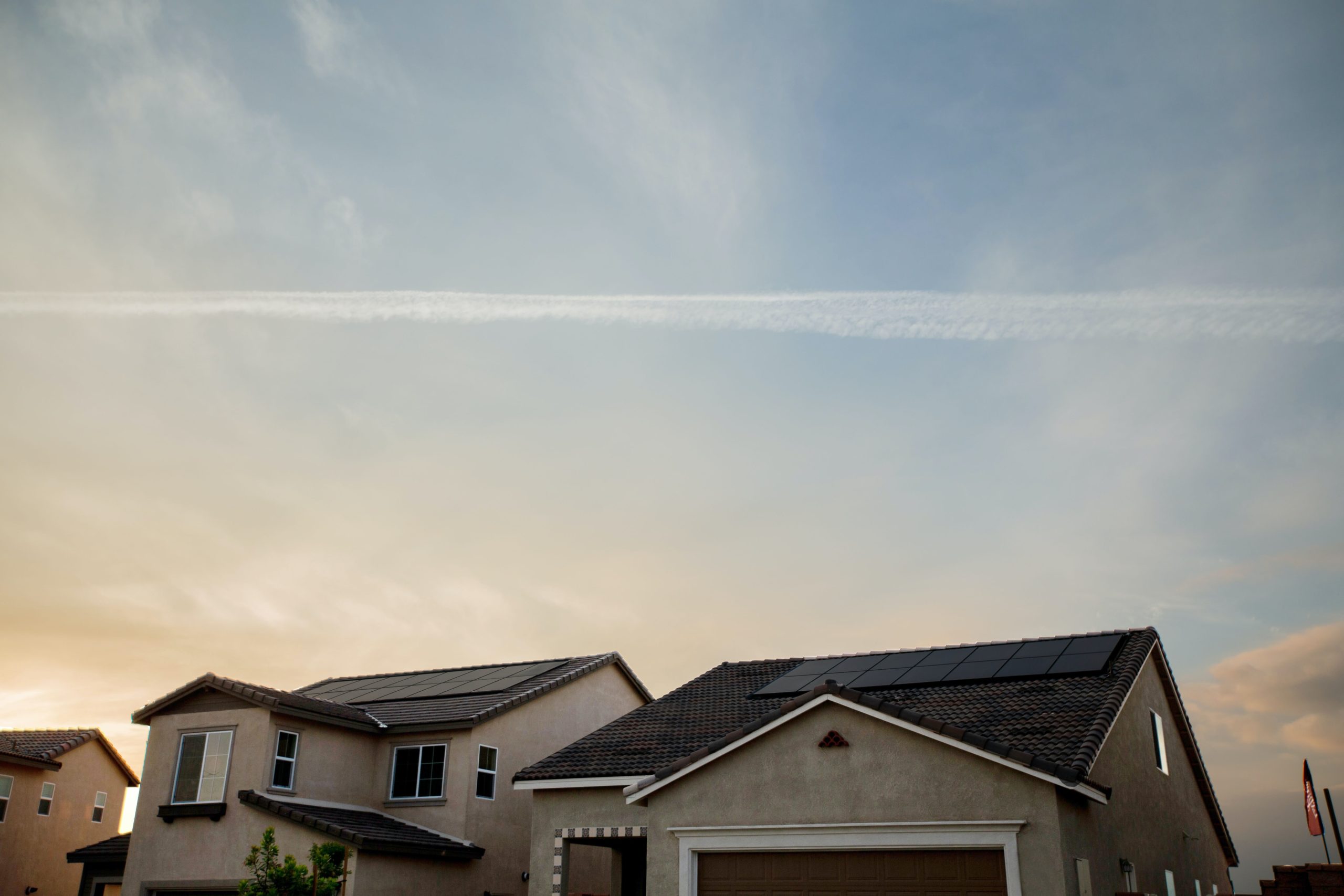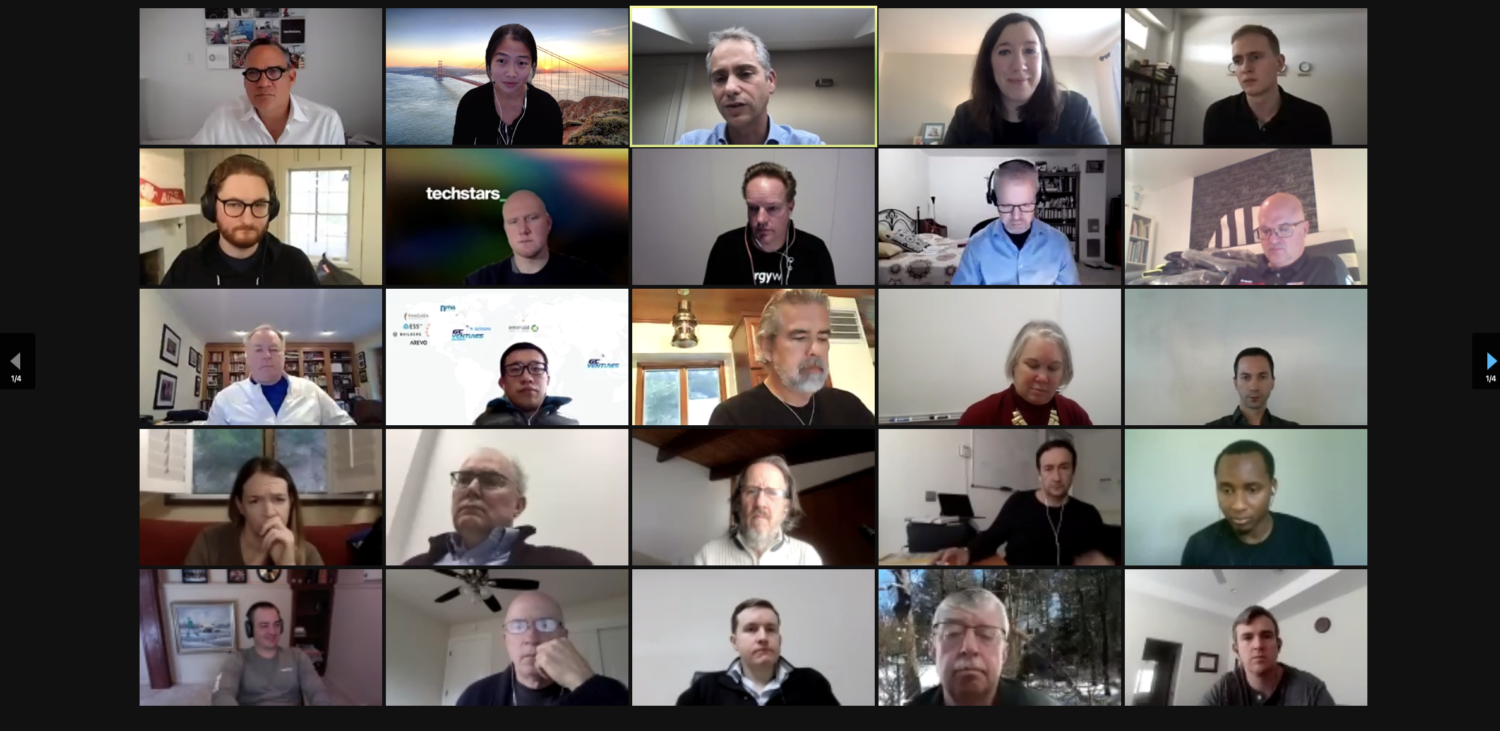
Distributed energy resources: Seizing the market opportunity

One of the biggest opportunities for energy is the incorporation of distributed energy resources (DERs) into the system. It’s been the subject of much discussion in the industry for years, but it’s still a sector that’s in the early stages of development and the market remains fairly small.
However, that’s in the process of changing. Increasingly, electricity generation and storage can – and is – taking place ‘beyond the meter’ and closer to where it’s consumed. The economics have improved and systems have got more resilient, while consumers have greater independence to source renewable energy technologies and environmental considerations are playing a greater role in their decision making. Whether it’s a single solar panel on a house, a larger commercial solar PV or wind facility, or increasingly electric vehicles and battery storage, DERs are disrupting the energy industry for good.
At a recent Techstars virtual roundtable, our managing partner Jan Lozek and investment principal Yi Jean Chow discussed the challenges and opportunities for entrepreneurs and examined the key factors that can contribute to start-up success in the field.

Here are some of the main takeaways:
A fragmented market
As part of a nation’s critical infrastructure, the energy markets are highly regulated and the rules and approaches taken can vary dramatically from jurisdiction to jurisdiction. Against this backdrop, it can be very tough to scale. For this reason, having the right business model is incredibly important.
For those with the right business model though, the rewards can be plentiful. Governments are increasingly supportive of DERs and we’d expect to see further support in the form of subsidies and incentives, particularly across the EU, in the coming years.
Execution is key
Energy can be an emotive topic and is heavily tied to climate change and the desire to create a greener planet. But being passionate and idealistic alone isn’t enough. Fundamentally, it’s about business and you need to be crisp and mean. Companies that have an outstanding team that can execute on their vision will have a clear advantage.
Areas of opportunity
We’re excited by the opportunities in residential and commercial load management. Smart homes have been just around the corner for what feels like forever, but we are moving towards an energy system with additional resilience factors and the convenience for the consumer really do mean they’re on the cusp of becoming mainstream.
As the number of DERs and smart devices in our homes increases, managing them to get the most value out of them and ensuring they’re optimized to meet your needs becomes even more important. Examples in our portfolio are GridX, GreenCom, and Kiwigrid.
The electric vehicle market is booming and anything related the EV management space is of interest to us. This could be managing smart charging, demand management, platforms for EV charging data or data to manage the deployment of EV charging stations. There’s a huge need to make sure all those electric vehicles keep moving effectively and efficiently. Companies in this space that we’ve invested in include ev.energy, Virta and Hubject.
Innovation gaps
Much of the focus around DERs is on the managing and monitoring side. But if you look at the entire DER value chain, there’s also the selling, the installation, and the aftercare and maintenance. There are opportunities for example to help with lead generation and identification or to reduce in the cost of system design and installation.
Another opportunity is in emerging and developing markets where many people live off-grid. Without an existing infrastructure, the opportunity for DERs is huge. It’s more of a natural fit and an area we find incredibly interesting. An example of this within our portfolio is SolShare, which is creating P2P microgrids in Bangladesh.


